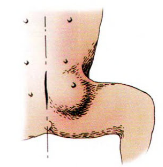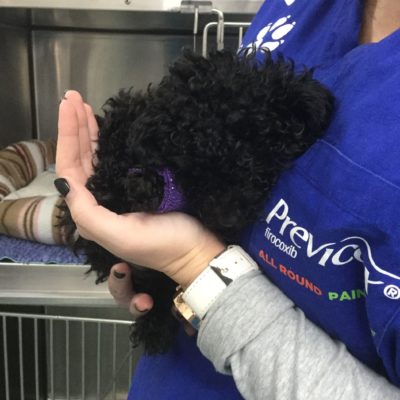It’s amazing the things that dogs will eat; we see dogs that eat toys, clothes, sticks, whole bones and so much more.

Theodore is one of such dogs who is quite the scavenger, he is known to eat all sorts of things that he probably shouldn’t! He came in to see us because his owners noticed that he had been vomiting quite a lot. Theodore is very lucky that his fantastic owners were on top of it because this little man had an unknown object or ‘foreign body’ stuck in his intestine, a life threatening condition if left untreated.
Having already known that Theodore has a tendency for eating things he shouldn’t, we knew that one of the first things we needed to do was take an x-ray of his abdomen. Sometimes x-rays will show the foreign body, other times we need to rely on gas patterns, ultrasounds, or repeat imaging to find them.
In Theodore’s x-ray below you can’t see the foreign body itself, however you can see that some of his intestine is small and narrow while other parts are wide and dilated. This shows an abnormal gas pattern, there is gas building up in parts of his intestine rather than moving through. This indicates that there is some sort of obstruction stopping the gas in its tracks.
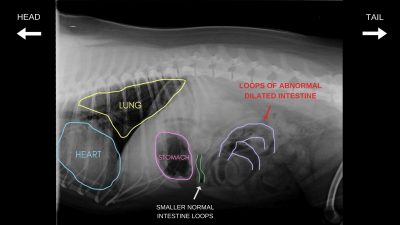
Theodore then went straight into surgery, where we removed the offending object. It had caused considerable bruising to the intestine, but luckily the damage was reversible. On occasion if the damage is severe enough we have to remove part of the intestine luckily though, this wasn’t the case for Theodore.
Theodore was transferred to Canberra Veterinary Emergency Services to be monitored overnight and returned to us the following day for post operative monitoring. Theodore was bright, happy and eating and was then ready to return home to his loving family.
Unfortunately we know quite a lot of repeat offenders, some dogs (and cats) have been known to go back for seconds and even thirds so it is always important to pet proof your house!


:max_bytes(150000):strip_icc()/itchy-dog-scratching-CharlesMann-E-getty-171154485-56a26b033df78cf77275656b.jpg)
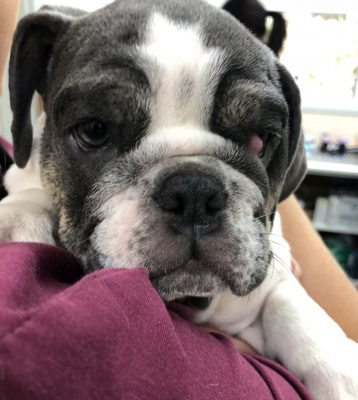
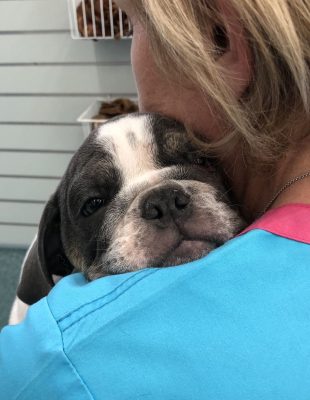
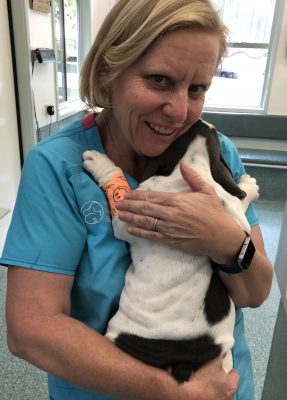

:fill(transparent,1)/raisins3x-56a495555f9b58b7d0d7af32.jpg)


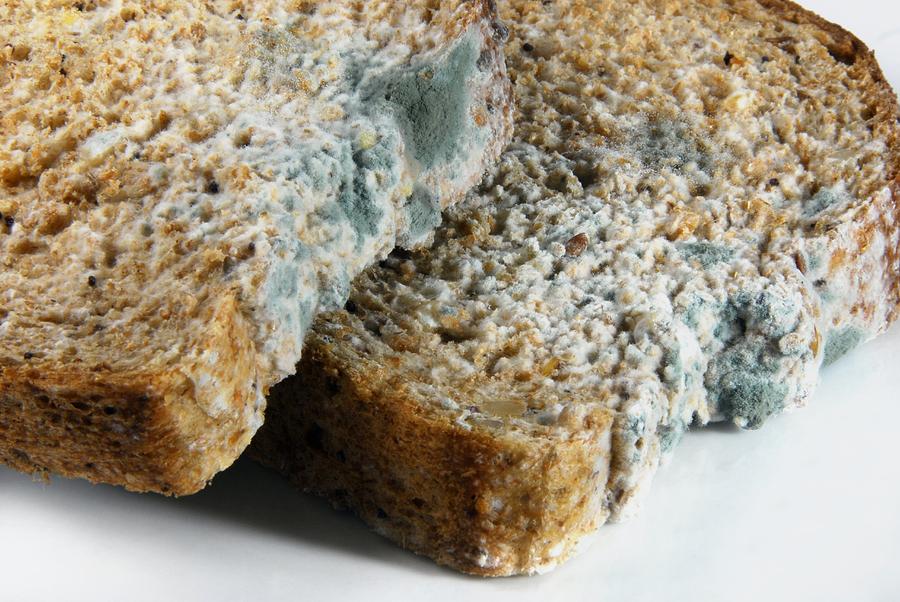


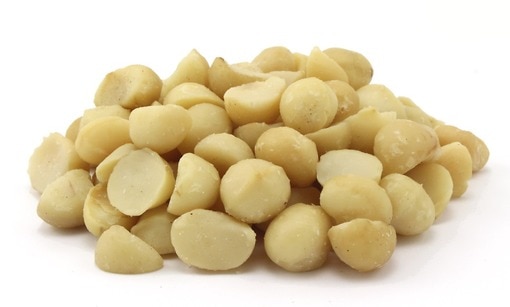
/Dough183834031-56a9c28d3df78cf772aa4e3a.jpg)
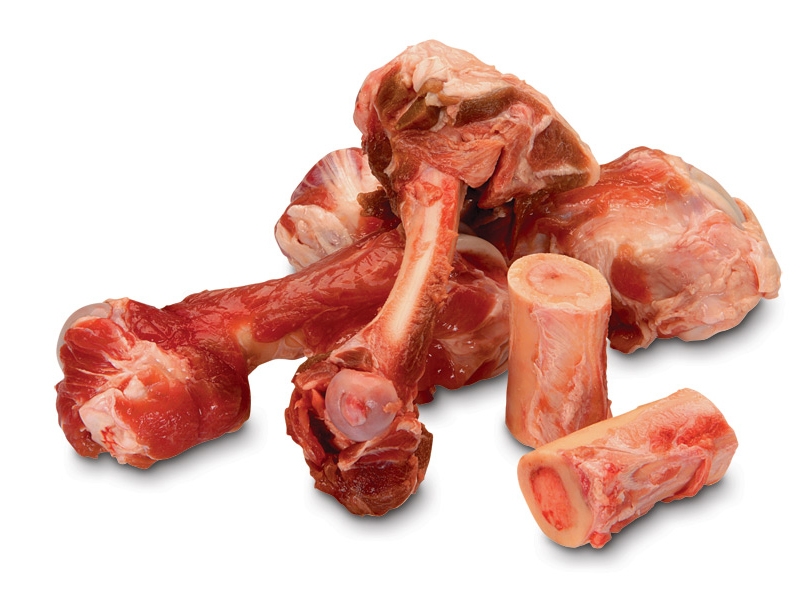
/corn_fresh-589ea09f3df78c47588d10be.jpg)
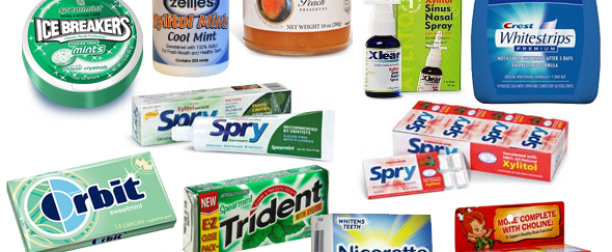



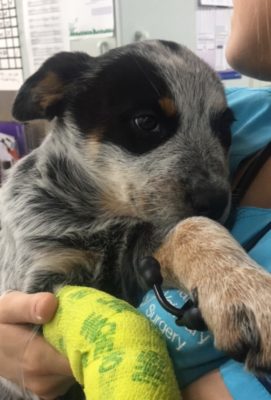
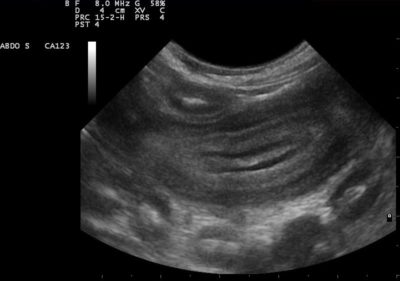



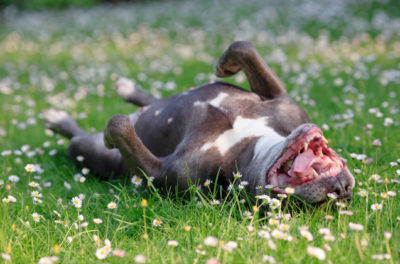
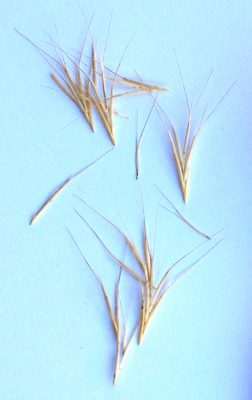
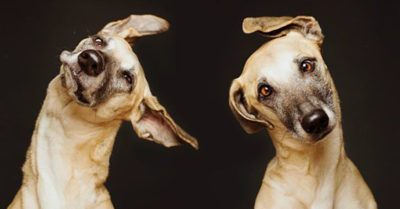

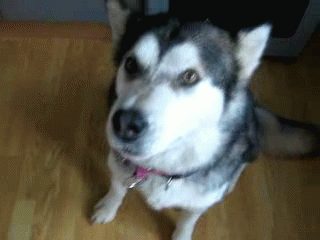

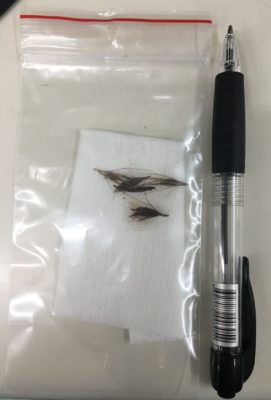

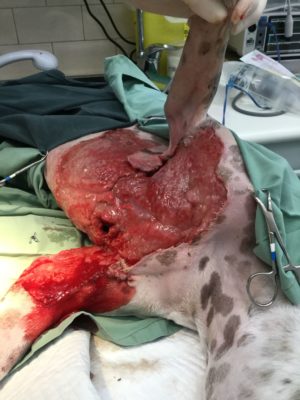 This was the large, open wound left behind after surgically removing all of the dead skin and tissue on Gov'nor's chest.
This was the large, open wound left behind after surgically removing all of the dead skin and tissue on Gov'nor's chest.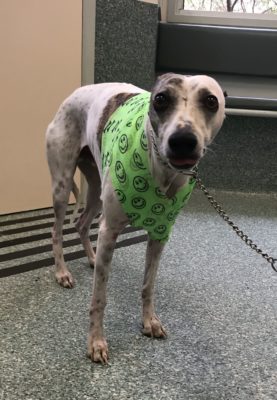 The colourful bandage vests help to hold his wound dressings in place.
The colourful bandage vests help to hold his wound dressings in place.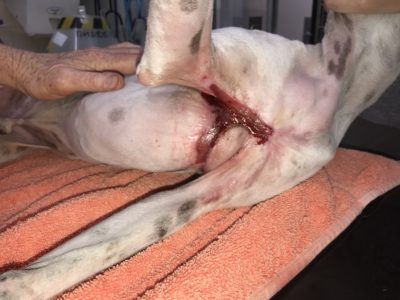 2 months later, Gov'nor is well and truly on his way to feeling like his old self again.
2 months later, Gov'nor is well and truly on his way to feeling like his old self again.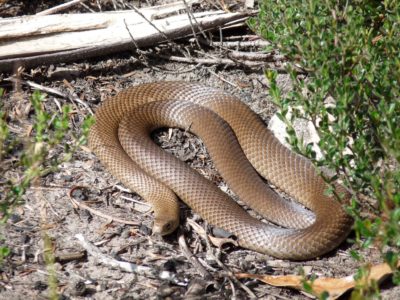
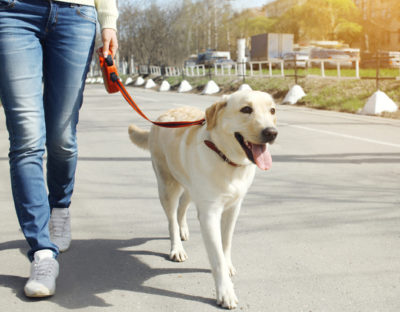
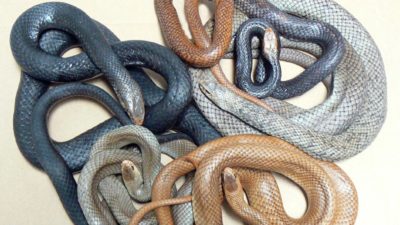 Variations in colour of the Eastern Brown Snake.
Variations in colour of the Eastern Brown Snake.

